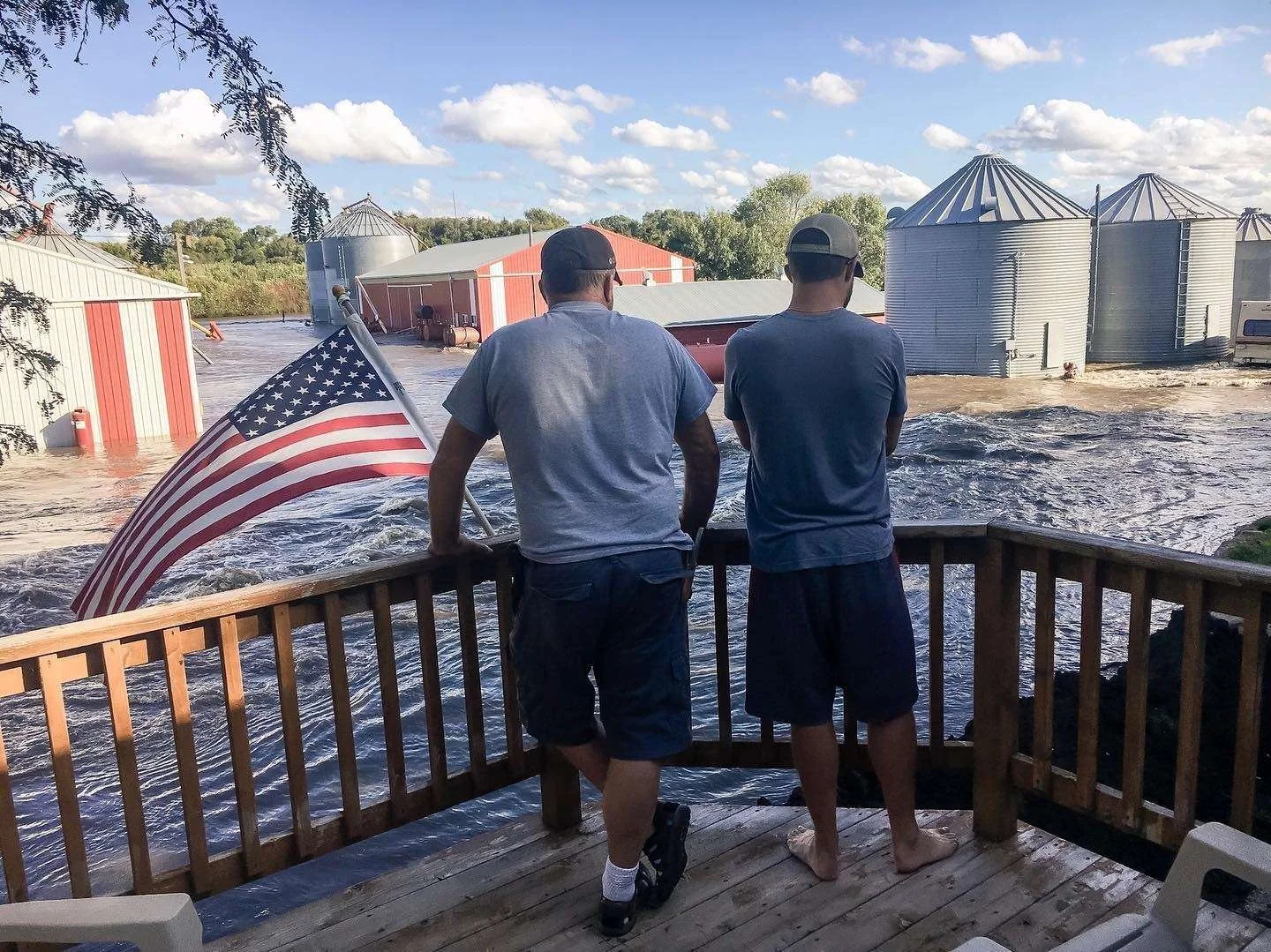Fragile Food Systems
This is a photo that will one day be iconic. It carries all the hallmarks of a transitory period in history. Climate change is presenting multiple challenges to farmers across the world. In North America take your pick; wildfires, drought, torrential rains, or massive flooding. We don’t understand the true costs and impacts of this disruption, yet.[media-credit id=3 align="alignnone" width="300"] The cost of food is going to soar in 2020. Between crops that were destroyed unexpectedly by fire or floods like the image above, or fields left fallow because rain was incessant in Spring 2019. Or was it the fields of produce left to rot because there weren’t enough migrant laborers on hand to harvest crops? Don’t forget the declining population of pollinators that will continue to decline due to indiscriminate pesticide use.Literally take your pick. I am not suggesting that this will continue as a trend. I cannot know that. What I am certain of that people - and especially high density urban populations are not ready for the chaos that will come with such disruptions in the food supply. This will be especially evident in at risk urban populations. This demographic trapped as they are within socio-economic-geographic food deserts is woefully equipped to cope.Are we prepared for this new reality? Can we afford to continue living ignorantly blissful in or trappings of convenience? I say no. This is a photo of our time - ahead of its time. It’s not all doom and gloom. But there will be lean times ahead. I am committed to teaching, modeling, and learning skills, systems, and tips that make food more resilient and accessible than it has been for three full generations before us.
The cost of food is going to soar in 2020. Between crops that were destroyed unexpectedly by fire or floods like the image above, or fields left fallow because rain was incessant in Spring 2019. Or was it the fields of produce left to rot because there weren’t enough migrant laborers on hand to harvest crops? Don’t forget the declining population of pollinators that will continue to decline due to indiscriminate pesticide use.Literally take your pick. I am not suggesting that this will continue as a trend. I cannot know that. What I am certain of that people - and especially high density urban populations are not ready for the chaos that will come with such disruptions in the food supply. This will be especially evident in at risk urban populations. This demographic trapped as they are within socio-economic-geographic food deserts is woefully equipped to cope.Are we prepared for this new reality? Can we afford to continue living ignorantly blissful in or trappings of convenience? I say no. This is a photo of our time - ahead of its time. It’s not all doom and gloom. But there will be lean times ahead. I am committed to teaching, modeling, and learning skills, systems, and tips that make food more resilient and accessible than it has been for three full generations before us.


